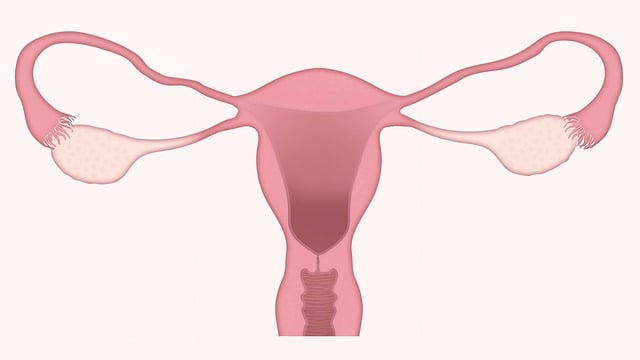Cervical Cancer: Causes, Symptoms, Prevention, and Treatment
Cervical cancer is a type of cancer that develops in the cervix, the lower part of the womb that connects to the vagina. It is a significant health concern for women in developing countries, but with proper awareness, prevention, and early detection, the impact of cervical cancer can be significantly reduced. In this article, we will delve into the causes, symptoms, prevention strategies, and treatment options for cervical cancer.
Causes: The primary cause of cervical cancer is persistent infection with high-risk strains of the human papillomavirus (HPV). HPV is a common sexually transmitted infection, and most sexually active individuals will be exposed to it at some point in their lives. However, not all HPV infections lead to cervical cancer. Other factors that may increase the risk include smoking, a weakened immune system, long-term use of birth control pills, having multiple sexual partners, and early initiation of sexual activity.
Symptoms: In the early stages, cervical cancer may not cause noticeable symptoms. As the disease progresses, some common symptoms may include:
- Abnormal vaginal bleeding: This can occur between periods, after sexual intercourse, or after menopause.
- Pelvic pain or pain during sexual intercourse.
- Unexplained weight loss and fatigue.
- Changes in bowel or urinary habits.
It's essential to note that these symptoms can also be caused by conditions other than cervical cancer. However, if any of these signs persist, it is crucial to consult a healthcare professional for further evaluation.
Prevention: Preventing cervical cancer involves a combination of vaccination, regular screening, and lifestyle choices:
- HPV Vaccination: The HPV vaccine is a crucial tool in preventing cervical cancer. It is most effective when administered before sexual activity begins. Vaccination is recommended for both males and females, typically starting at age 11 or 12.
- Regular Pap Smears: Pap smears, or Pap tests, are crucial for early detection of abnormal cervical cells. These tests can identify pre-cancerous changes, allowing for timely intervention. Regular screening is recommended for women aged 21 to 65.
- Safe Sexual Practices: Practicing safe sex by using condoms and limiting the number of sexual partners can reduce the risk of HPV infection.
- Quit Smoking: Smoking is a known risk factor for cervical cancer. Quitting smoking can have numerous health benefits, including a reduced risk of cervical cancer.
Treatment: The choice of treatment for cervical cancer depends on the stage of the disease and individual health factors.
Treatment options may include surgery, radiation therapy, and chemotherapy.
In early stages, surgery to remove the cancerous tissue may be sufficient, while more advanced cases may require a combination of treatments.
Conclusion: Cervical cancer is a serious health issue, but with proactive measures, it can be prevented and treated effectively. Regular screenings, HPV vaccination, and adopting a healthy lifestyle are key components of cervical cancer prevention. If symptoms arise, seeking prompt medical attention is crucial for early detection and successful treatment. By raising awareness and promoting preventive measures, we can work towards reducing the burden of cervical cancer on women's health worldwide.
